Come on Australia. Your old mobile phone has a purpose that would help save your coastline—but you only have a few weeks left to do it.
MobileMuster, together with Landcare Australia, wants 250,000 or more old mobiles by September 30 when the “Old phones, more trees” campaign ends.
Landcare CEO Heather Campbell says the funds received from the recycled phones will help 25 Landcare and Coastcare volunteer groups plant 25,000 trees to help protect Australia’s coastline.
“It’s that easy and won’t cost you a cent,” Ms Read said.
MobileMuster has more than 3,500 drop off points Australia-wide, including major mobile phone retailers, 300 local councils, and many local businesses. Or you can go to mobilemuster.com to find your nearest collection point.
Free recycling satchels are also available from participating Australia Post outlets, or alternatively you can download a reply paid mailing label, says its website.
The “Old phones, more trees” campaign since 2007 has collected more than 149,000 kgs of mobile phones and accessories, enabling environmentalists to plant more than 255,000 trees across the country.
MobileMuster Manager, Recycling, Rose Read said in a press release, 250,000 old phones, the batteries and chargers would be enough to make 48,000 aluminium cans and more than 2,400 plastic fence posts.
“Recovery of these materials will also avoid the need to mine more than 728 tonnes of gold ore, 808 tonnes of silver ore and 178 tonnes of copper sulphide,” Ms Read added.
MobileMuster is the official recycling program of the mobile phone industry.
Initiated voluntarily by the Australian telecommunications industry in 1999, its overall aim is to prevent mobile phones ending up in landfill.
By March 31, 2011, total collections amounted to 806 tonnes, including 5.82 million handsets and batteries.
On average, an Australian upgrades or exchanges their mobiles every 18 to 24 months. As at 30 June 2010, there were 26 million mobile phone users, the website says.
Also, MobileMuster estimates over 19 million are left laying around—70 per cent of users have at least one mobile at home, while 31 per cent have two or more.
Seven time world champion surfer, Layne Beachley, urges Australians to go through their cupboards and drawers to give the country’s iconic coastline a helping hand.
“Over 19 million Australians live within 50 kilometres of the coast and there are 19 million old and broken mobile phones lying in Australian homes unused. It seems we Aussies love the beach and holding onto our old mobiles,” she says.
Ms Beachley is only one of many Australians who have come to appreciate some of the most unique coastal environments in the world.
“However, dune erosion, weeds and over-use can have a real impact on the health of the great beaches and coastal areas that we all love and enjoy,” she said.
MobileMuster has more than 3,500 drop off points Australia-wide, including major mobile phone retailers, 300 local councils, and many local businesses. Or you can go to mobilemuster.com to find your nearest collection point.
Free recycling satchels are also available from participating Australia Post outlets, or alternatively you can download a reply paid mailing label, says its website.
The “Old phones, more trees” campaign since 2007 has collected more than 149,000 kgs of mobile phones and accessories, enabling environmentalists to plant more than 255,000 trees across the country.
MobileMuster Manager, Recycling, Rose Read said in a press release, 250,000 old phones, the batteries and chargers would be enough to make 48,000 aluminium cans and more than 2,400 plastic fence posts.
“Recovery of these materials will also avoid the need to mine more than 728 tonnes of gold ore, 808 tonnes of silver ore and 178 tonnes of copper sulphide,” Ms Read added.
MobileMuster is the official recycling program of the mobile phone industry.
Initiated voluntarily by the Australian telecommunications industry in 1999, its overall aim is to prevent mobile phones ending up in landfill.
By March 31, 2011, total collections amounted to 806 tonnes, including 5.82 million handsets and batteries.
On average, an Australian upgrades or exchanges their mobiles every 18 to 24 months. As at 30 June 2010, there were 26 million mobile phone users, the website says.
Also, MobileMuster estimates over 19 million are left laying around—70 per cent of users have at least one mobile at home, while 31 per cent have two or more.
Seven time world champion surfer, Layne Beachley, urges Australians to go through their cupboards and drawers to give the country’s iconic coastline a helping hand.
“Over 19 million Australians live within 50 kilometres of the coast and there are 19 million old and broken mobile phones lying in Australian homes unused. It seems we Aussies love the beach and holding onto our old mobiles,” she says.
Ms Beachley is only one of many Australians who have come to appreciate some of the most unique coastal environments in the world.
“However, dune erosion, weeds and over-use can have a real impact on the health of the great beaches and coastal areas that we all love and enjoy,” she said.
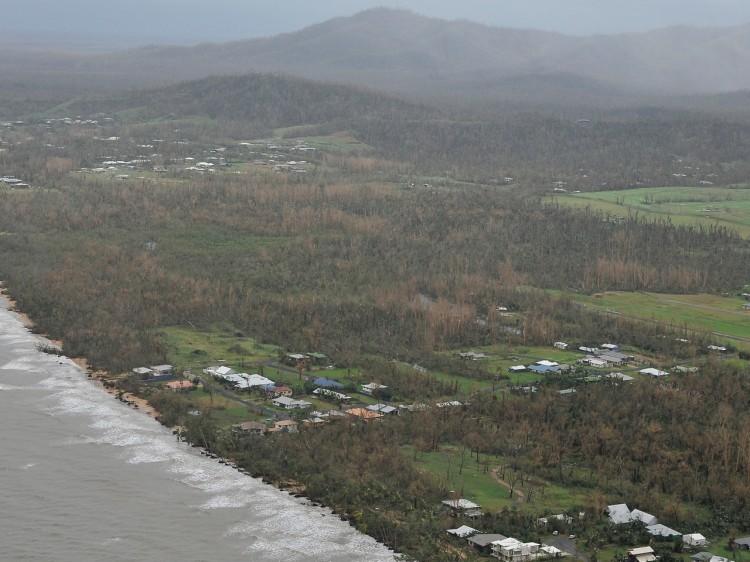
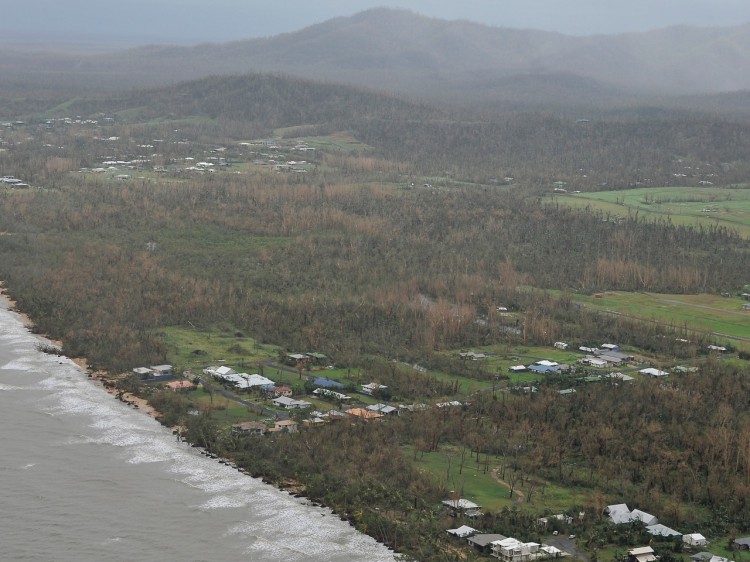
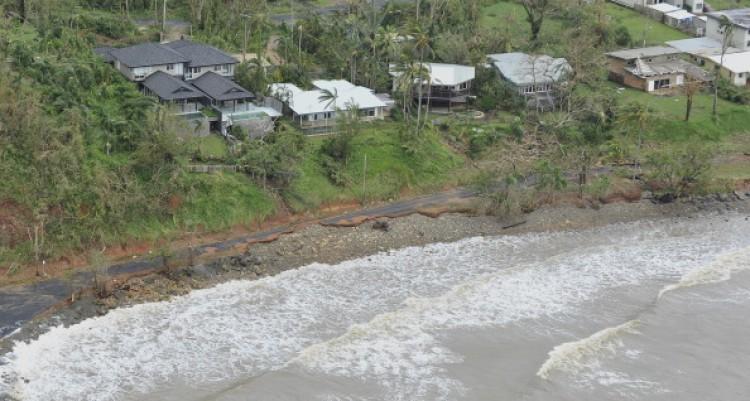
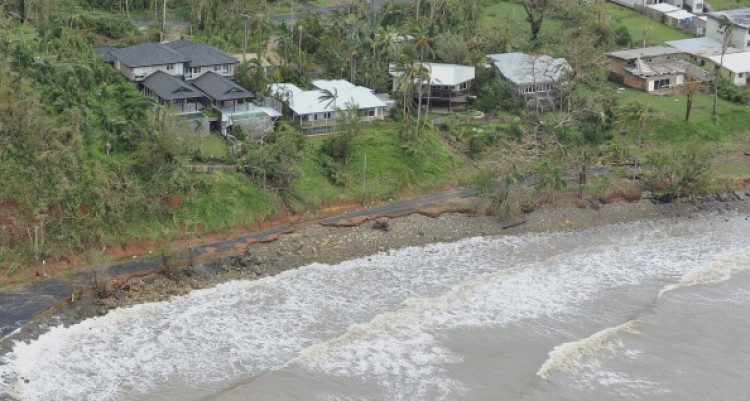

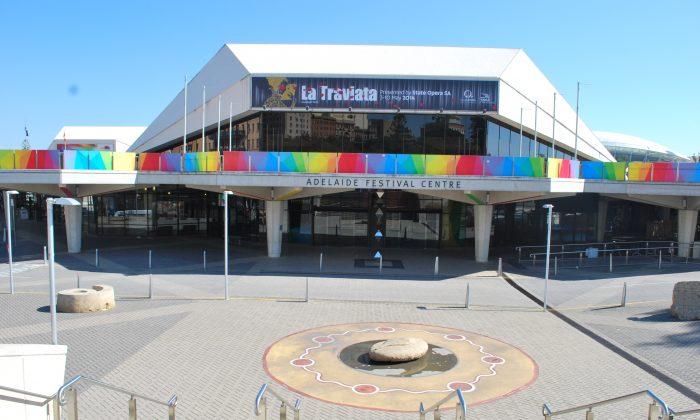
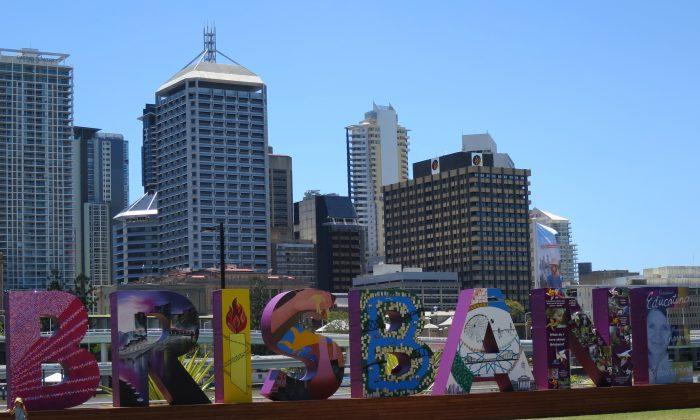
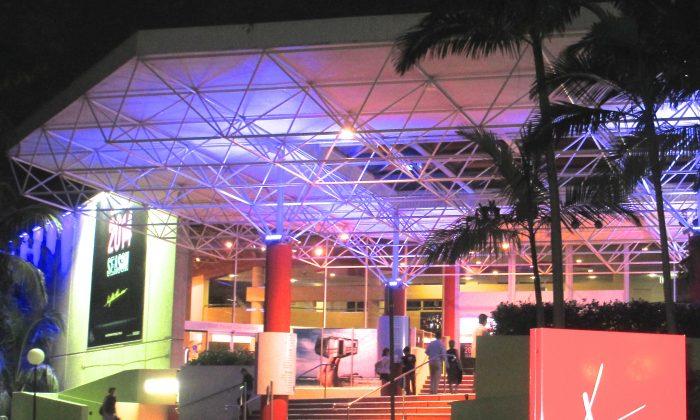
Friends Read Free